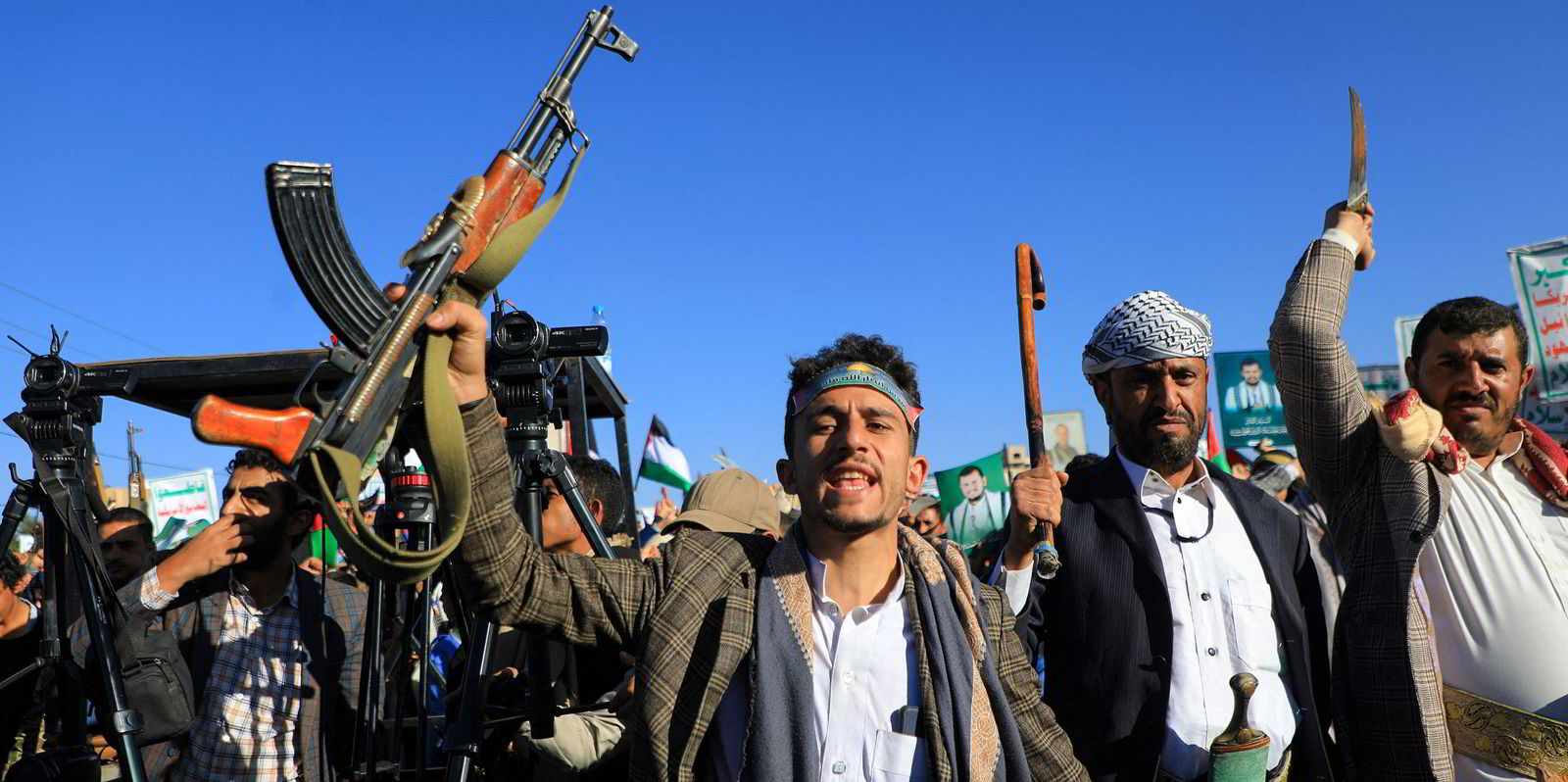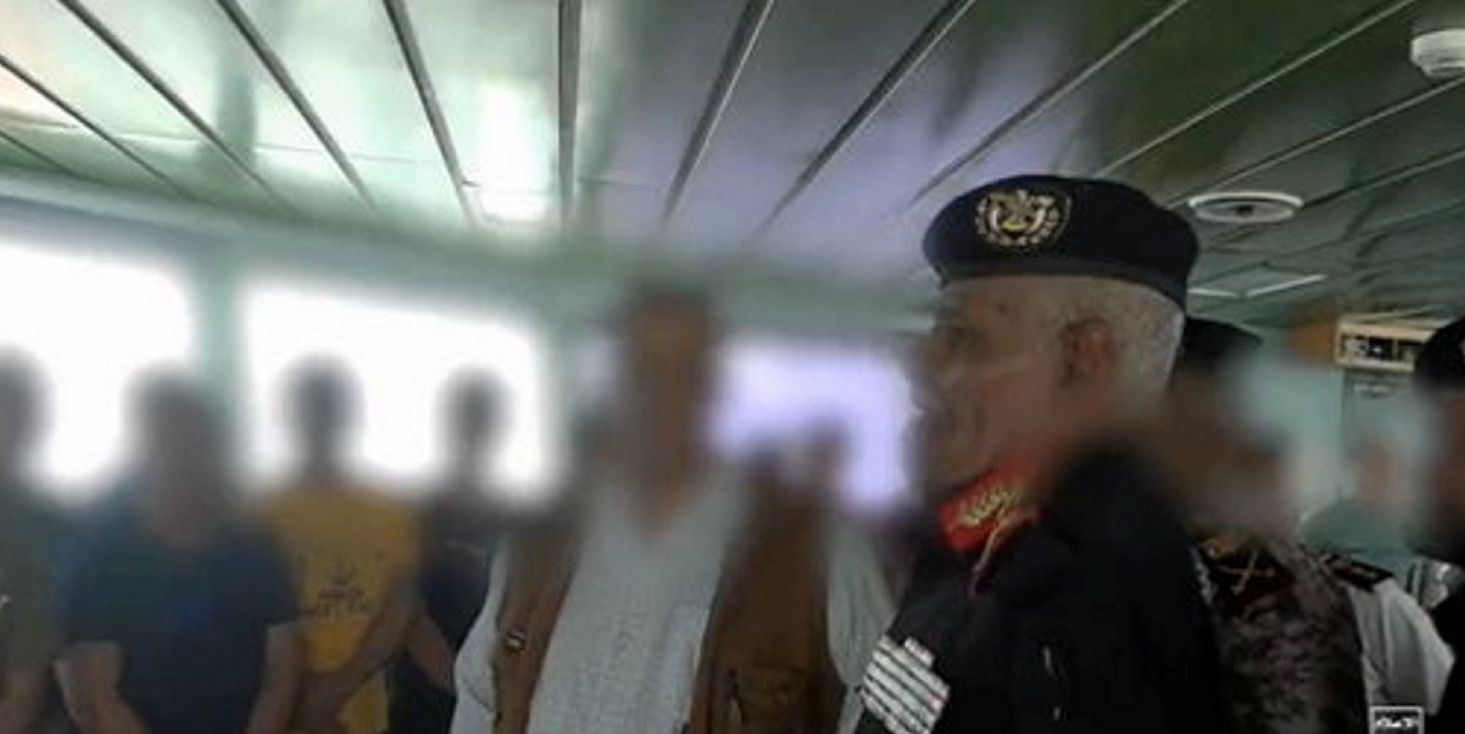A series of attacks in the southern Red Sea and its approaches have again exposed shipping’s vulnerability at its key global choke points. So far there have been only a handful of attacks by Yemeni Houthi rebels that have mostly targeted Israeli-linked shipping.
But they could still have a marked impact on trade through the Suez Canal and Bab el-Mandeb Strait well beyond a knee-jerk ratcheting-up of war risk insurance rates in the region.
About 12% of global trade and 30% of global container traffic passes through the Suez Canal.
Israeli-linked container ships and car carriers have been forced to divert away following the capture of the Ray Car Carriers’ 5,100-ceu Galaxy Leader (built 2002).
The impact of the disruption is likely to be felt most acutely in the car carrier trades, where Israeli-linked ships represent roughly 10% of the vessels in the global fleet.
Most Israeli-owned ships are larger units of more than 5,000 ceu, which operate on the main east-west trunk route through the Red Sea and Suez Canal.
A rescheduling of the fleet could cause serious disruption in a sector that is already experiencing a shortage of supply capacity.
And the impact of the attacks looks set to widen. Non-Israeli ships have now become caught up in the conflict. The latest incidents last weekend seem to have stretched beyond Israeli shipping and affected vessels controlled from Japan and the UK.
Things can escalate quickly
Any involvement by Iran could mean the Israeli-Hamas conflict in Gaza escalates quickly, at a time when severe drought is causing major congestion in another key waterway, the Panama Canal.
Broker Clarksons this week warned that the delays, which have cut transits by as much as 25% and led to widespread re-routing, could extend until 2025.
Such problems might result in an increase in short-term charter and freight rates, but disturbance in world trade would be a huge headache for operators.
The week-long grounding of the 20,388-teu Ever Given (built 2018) in the Suez Canal in 2021 clearly illustrated that a major blockage can result in chaos in a short time.

On top of that is the turmoil in Black Sea grain trades brought about by Russia’s invasion of Ukraine. This looks set to be a prolonged conflict in which shipping will continually be caught in the crossfire.
It is no surprise that many shipping pundits are now casting a nervous eye over what is happening in Taiwan. The Taiwan Strait is the main route for ships passing from China, Japan, South Korea, Taiwan, Europe and the US.
Around half of the global container ship fleet passes through the strait and most of shipping’s largest vessels.
In January, Taiwan will hold its presidential election. Should the Democratic Progressive Party’s William Lai win and carry out his promise of closer ties with the US, Taipei’s already fraught relationship with Beijing is certain to deteriorate further.
Free passage of shipping through all these chokepoints is vital for the world’s trade and prosperity. The industry needs and demands security for seafarers, cargoes and vessels.





